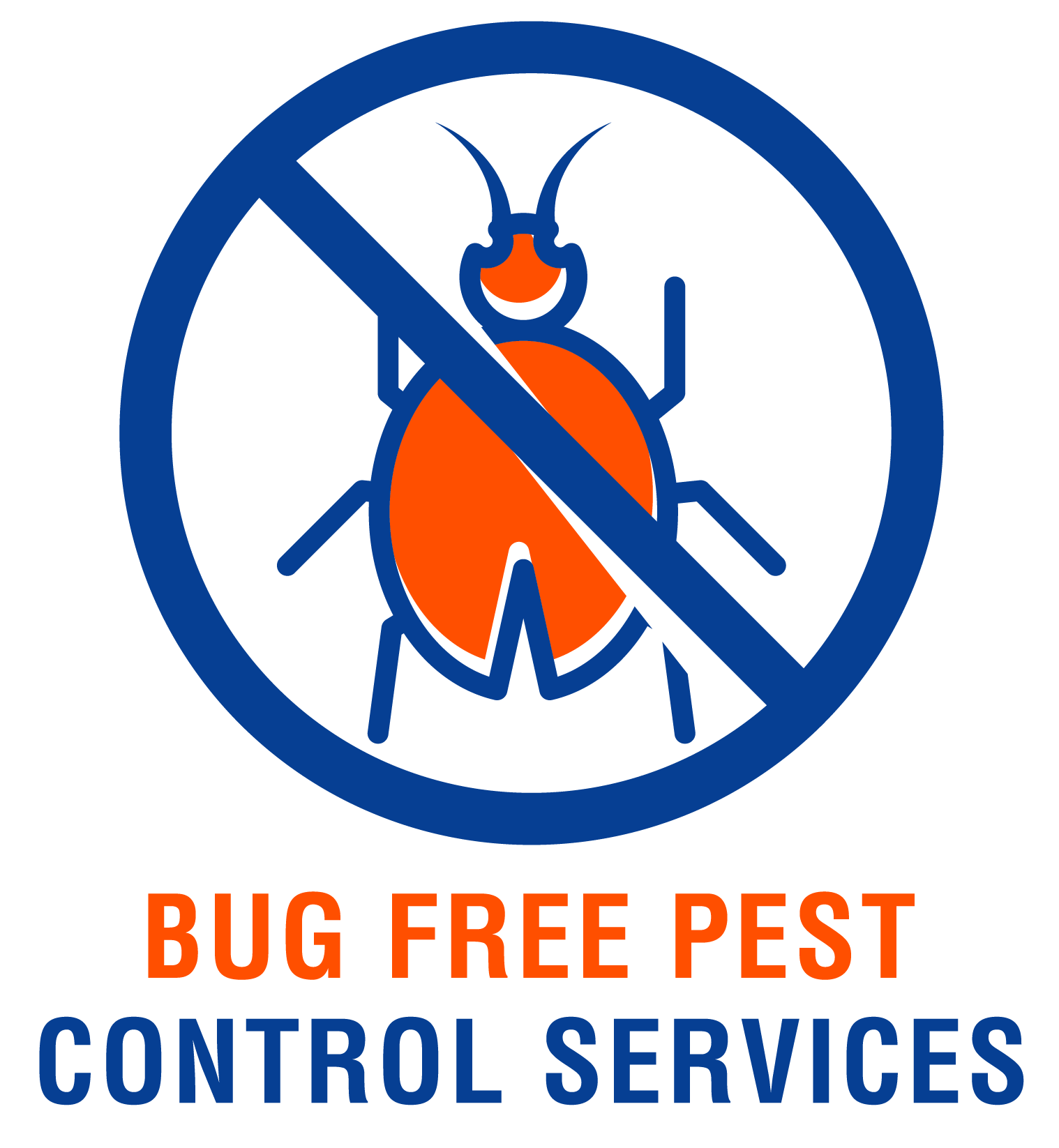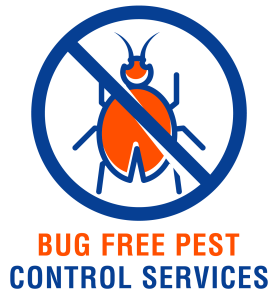What if you could enjoy a pest-free home without relying on harsh chemicals or frantic last-minute solutions?
Understanding the Importance of Preventative Pest Control
As a homeowner, you likely appreciate the comfort of a clean and pest-free environment. Pest control is not just about handling infestations as they occur; it’s about preventing them from happening in the first place. By adopting a proactive approach, you can save time, money, and stress in the long run.
Preventative pest control allows you to create a buffer against infestations, ensuring that your home remains a sanctuary for you and your family. The following strategies can help you establish an effective prevention plan and minimize the risk of pests invading your space.
Recognizing Common Household Pests
Types of Pests You Might Encounter
Understanding the types of pests likely to invade your home can help you develop targeted prevention strategies. Here are some of the most common pests found in households:
| Type of Pest | Description | Common Infestation Areas |
|---|---|---|
| Ants | Small, social insects that form colonies. | Kitchens, pantries, and gardens. |
| Cockroaches | Resilient insects that can carry diseases. | Kitchens, bathrooms, and basements. |
| Termites | Wood-destroying pests that can cause significant damage. | Wooden structures and furniture. |
| Rodents | Mice and rats that can chew through wires and insulation. | Attics, basements, and near food sources. |
| Spiders | Generally harmless but can make webs and accumulate dust. | Corners, basements, and attics. |
Recognizing these pests and their preferred habitats enables you to take appropriate action to keep your home free from unwanted visitors.
Seal Entry Points
Why Sealing is Essential
Pests are remarkably adept at finding their way into your home. They can squeeze through tiny cracks or holes that you might not even notice. By sealing these entry points, you can create a formidable barrier against them.
Steps to Seal Your Home
-
Inspect Doors and Windows: Check for gaps around frames, and fit weather stripping where necessary.
-
Fill Cracks and Holes: Use caulking or expanding foam to fill cracks in walls and foundations.
-
Install Screens: Place fine mesh screens on vents and windows to keep pests out while allowing airflow.
-
Check Your Roof: Ensure that there are no gaps or openings that might let pests in and repair any damaged shingles.
By taking these straightforward steps, you can significantly reduce the likelihood of pests making themselves at home.
Maintain Cleanliness
The Role of Cleanliness in Pest Control
A clean home isn’t just visually appealing—it’s also uninviting to pests. Many pests are attracted to food sources, and by maintaining high cleanliness standards, you can limit their access to these sources.
Practical Cleaning Tips
-
Regularly Vacuum and Dust: Ensure that crumbs, food particles, and dust do not accumulate in hidden places.
-
Store Food Properly: Use airtight containers for dry goods and keep perishables stored in the fridge.
-
Clean Up Spills Promptly: Don’t wait for spills to dry and attract ants or other pests.
-
Dispose of Garbage Regularly: Keep garbage bins covered, and take out the trash frequently to reduce odors that attract pests.
By keeping your home clean and tidy, you’ll make it a less appealing environment for pests.

Yard Maintenance
How Your Yard Affects Indoor Pest Control
Your yard can play a critical role in pest control. Overgrown vegetation, standing water, and clutter can create habitats for a variety of pests. Addressing these factors can help protect your home from an infestation.
Tips for Yard Maintenance
-
Trim Vegetation: Keep bushes, shrubs, and trees neatly trimmed to reduce hiding places for pests.
-
Eliminate Standing Water: Check for puddles in your yard, clogged gutters, or any containers that might hold water and drain them to prevent mosquito breeding.
-
Mulch Wisely: Use mulch sparingly and choose pest-resistant types. Don’t pile it against house walls, as this can attract termites.
-
Regularly Remove Debris: Clear away fallen leaves, twigs, and debris that might serve as a home to pests.
A well-maintained yard not only enhances your home’s appeal but also reduces the risk of pests.
Proper Storage Practices
Why Storage Matters
Improper storage of items in your home can attract pests, particularly rodents and insects. By practicing proper storage techniques, you can keep your belongings safe and pest-free.
Smart Storage Strategies
-
Use Plastic Containers: Store items in sealed plastic containers instead of cardboard boxes, which can be more inviting to pests.
-
Keep Food Stocks Tightly Sealed: Whether it’s in your pantry or garage, make sure that food items are stored in tight containers.
-
Elevate Wood Piles: If you frequently use firewood or building materials, keep them elevated off the ground to prevent pest nesting.
-
Organize Closets and Attics: Regularly declutter and check storage areas for signs of pests or infestations.
Proper storage not only protects your items but also creates less clutter, making it easier to spot any early signs of pest problems.

Use of Natural Deterrents
Exploring Natural Pest Control
If you’re concerned about chemicals, there are several natural deterrents that you can incorporate into your preventative pest control strategy. These often provide a more eco-friendly approach.
Effective Natural Deterrents
| Natural Deterrent | Application |
|---|---|
| Essential Oils | Peppermint, tea tree, and citrus oils can repel many pests. Use in diffusers, sprays, or soak cotton balls in oil and place them strategically. |
| Diatomaceous Earth | A powder that can be sprinkled in areas where pests frequent—it’s safe for pets and humans but deadly for insects. |
| Vinegar | A mix of vinegar and water can help repel ants, spiders, and more. Spray around entry points and areas where pests are spotted. |
| Garlic | The strong scent of garlic can deter insects. Crush garlic cloves and mix with water, then spray in problematic areas. |
Using natural deterrents allows you to maintain a safe environment for your family and pets while effectively keeping pests at bay.
Regular Inspections
The Need for Regular Check-Ups
Conducting regular inspections around your home can help you spot potential pest problems before they escalate. Keeping an eye on various areas can also help you track any changes that might indicate an impending issue.
Inspection Checklist
-
Roof and Attic: Check for droppings, signs of nests, or damage.
-
Basement and Crawl Spaces: Look for moisture and signs of rodents or insects.
-
Kitchen and Pantry: Regularly check for crumbs, spills, and food residue.
-
Exterior: Inspect the foundation, walls, and windows for signs of pest activity.
Scheduling regular inspections can save you from serious problems down the line, allowing you to take early action if necessary.
Educate Yourself and Your Family
Knowledge as a Tool
Understanding pests and their behaviors is crucial for effective pest control. When you and your family are educated about pests, you’re better equipped to identify potential problems and respond accordingly.
Resources for Pest Education
-
Books: Find local or online resources about common pests and prevention strategies.
-
Community Workshops: Look for educational programs or workshops offered by local health departments or pest control companies.
-
Online Articles and Videos: Reliable websites and platforms provide useful visuals and tutorials on identifying and preventing pest problems.
With education, both you and your family can become proactive participants in maintaining a pest-free home.
Working with Pest Control Professionals
When to Seek Expert Help
While many preventative measures can be implemented by you, there may be times when professional pest control is needed. They can help with more serious infestations and offer expert guidance.
How to Choose a Professional
-
Check Credentials: Make sure the company is licensed and insured in your area.
-
Read Reviews: Look for testimonials and reviews to gauge their effectiveness and customer service.
-
Ask About Preventative Services: Inquire if they provide ongoing preventative services beyond extermination.
-
Get Multiple Quotes: Comparing prices and services can help you get the best value.
Sometimes the investment in a professional service can save you money and a lot of stress.
Embrace Integrated Pest Management (IPM)
A Holistic Approach
Integrated Pest Management (IPM) combines various strategies for more effective pest control. This approach emphasizes prevention, monitoring, and control methods to manage pest issues sustainably.
Principles of IPM
-
Prevention: Use sanitation, exclusion, and cultural practices to keep pests from entering.
-
Monitoring: Regularly check for signs of pest activity and measure pest populations.
-
Control: Use targeted interventions, including biological, mechanical, and chemical methods, as necessary.
-
Evaluation: Assess the effectiveness of your pest management strategies and make adjustments as needed.
By implementing IPM, you can tackle pest issues thoughtfully and sustainably.
Seasonal Pest Considerations
Recognizing Seasonal Patterns
Different pests are active during various times of the year. Understanding these patterns can help you anticipate potential pest problems and act accordingly.
Seasonal Pest Guide
| Season | Common Pests | Prevention Tips |
|---|---|---|
| Spring | Ants, termites, mosquitoes | Seal entry points, check for standing water. |
| Summer | Roaches, wasps, fleas | Keep food sealed, regular yard maintenance. |
| Fall | Spiders, rodents | Seal gaps, inspect the home for entry points. |
| Winter | Mice, bed bugs | Declutter areas, store food securely. |
By adjusting your prevention strategies according to the seasons, you can stay ahead of potential infestations.
Final Thoughts
By putting these preventative pest control strategies into practice, you’ll create a welcoming and safe space for your family while minimizing the risk of unwanted pest invasions. Remember, it takes ongoing effort and vigilance to stay ahead of pests, but with a proactive approach, you’re well on your way to maintaining a pest-free home. Each step you take towards prevention benefits you in the long run, allowing you to enjoy your home without the worry of pest-related issues.



